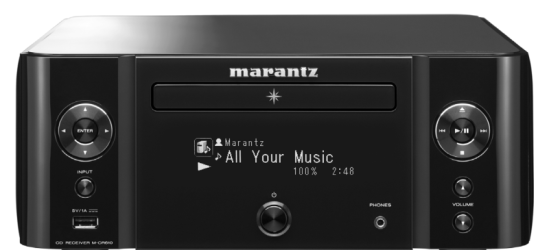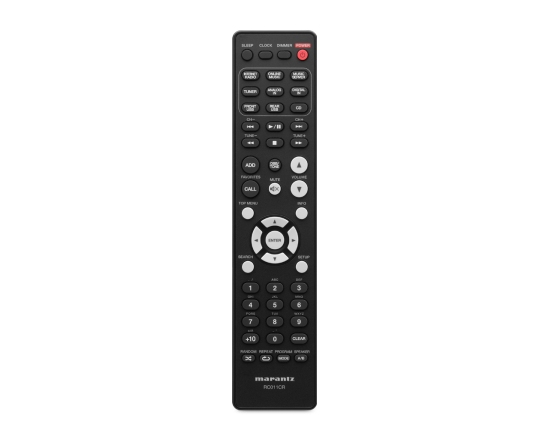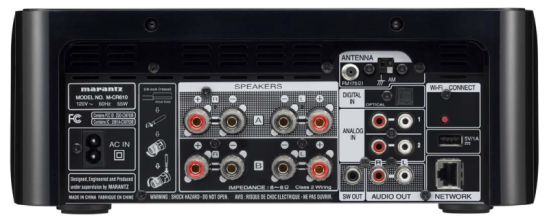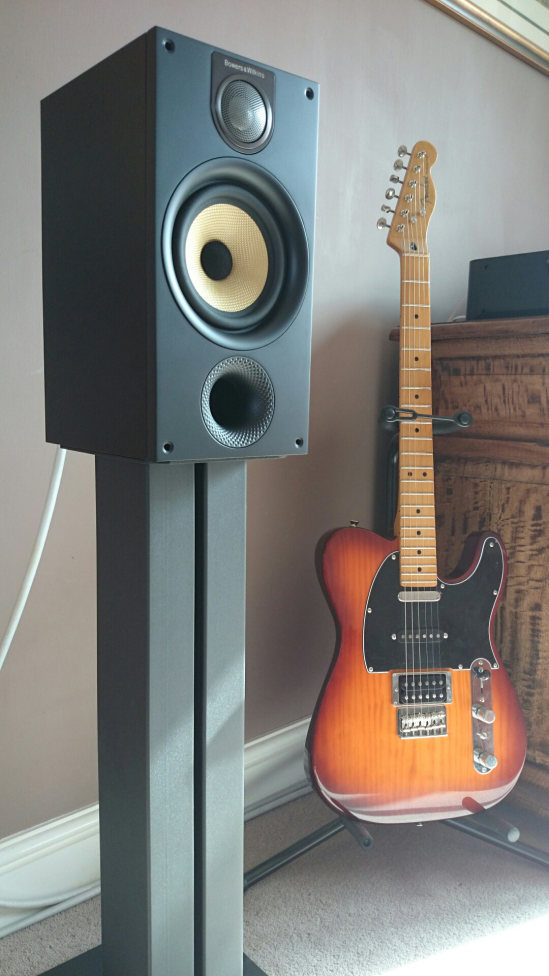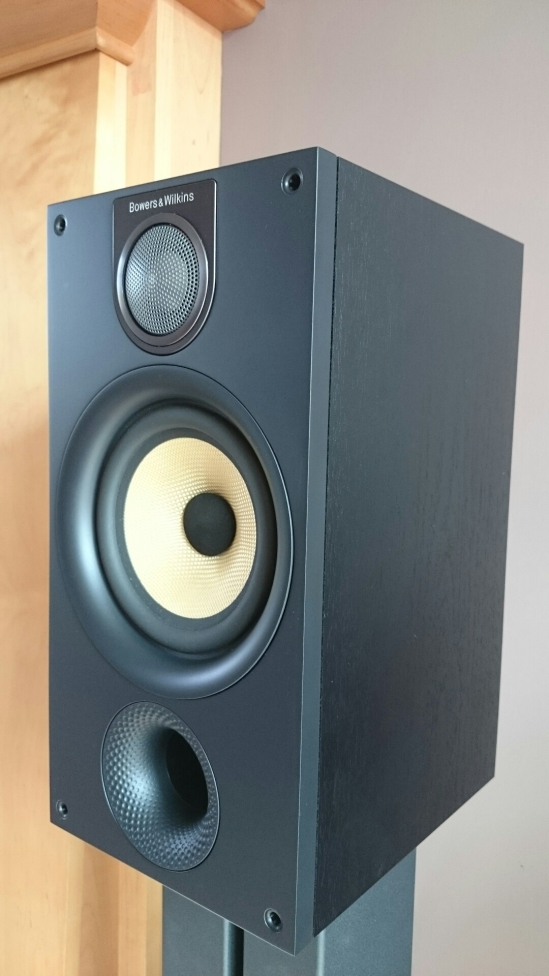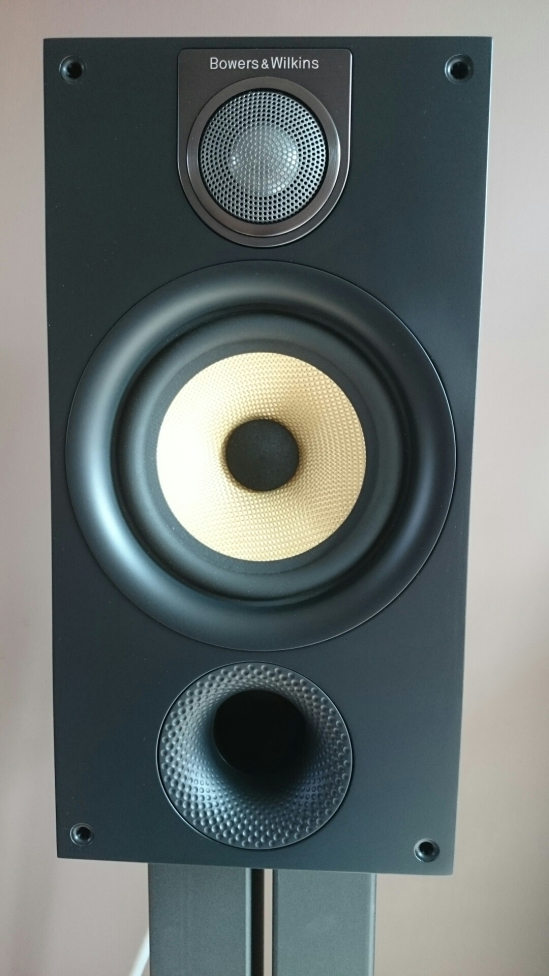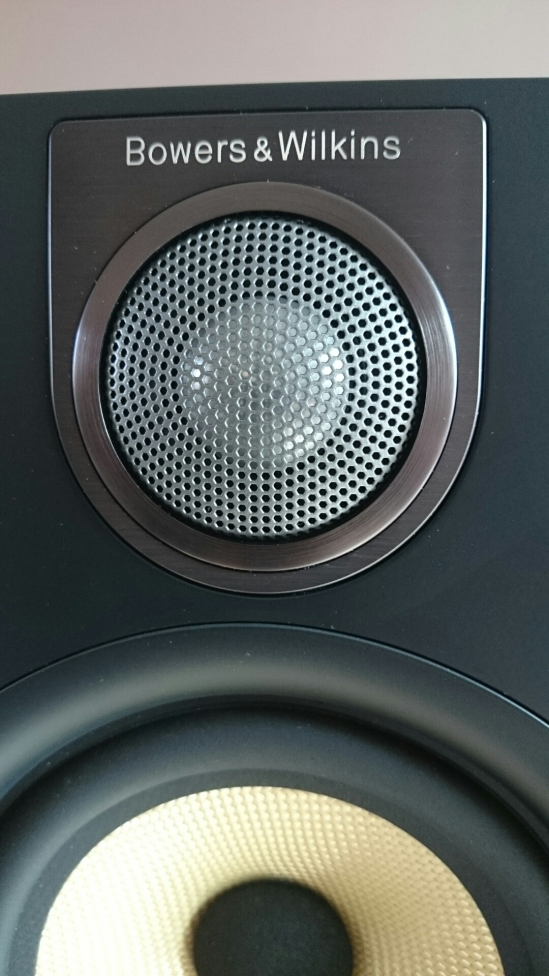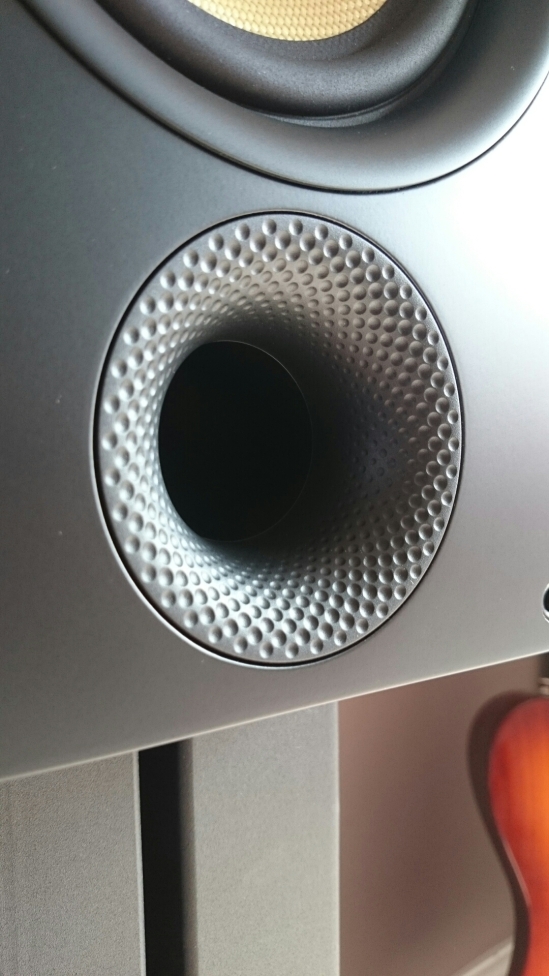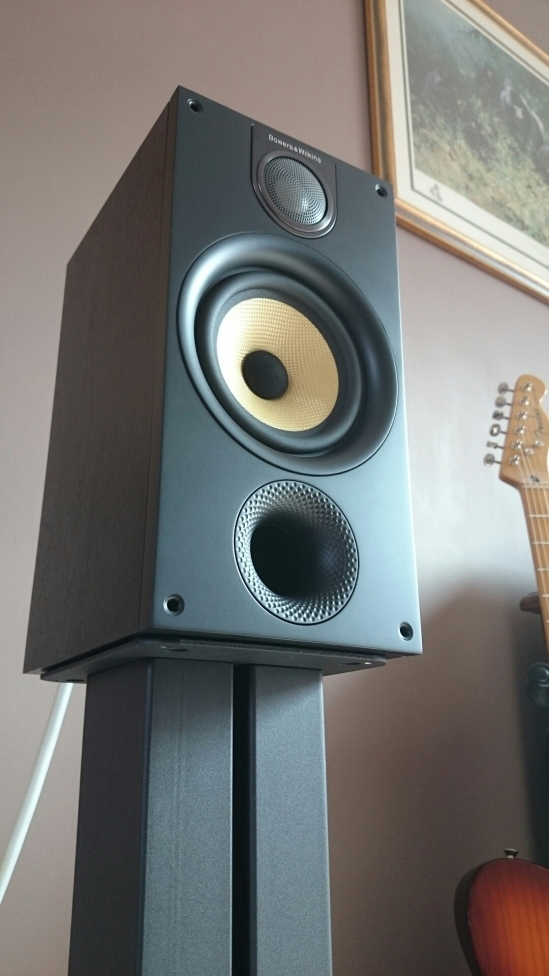As mentioned in my introduction to the review of the of the B&W 686 S2’s, a separate review of the Marantz MCR651 would follow.
The Marantz unit was a replacement for the incredibly talented Yamaha A-S700 and CD-N500pairing that had served me well for around 12 months. There was nothing wrong with their performance – I simply had an itch to downsize my system and not sacrifice on sound quality.
When I was looking around at options under a budget of £500 there were a number of options from the likes of Teac, Onkyo, Yamaha and Denon to name but a few. Most of them had an iPod dock built into the top which, to me, made the system less appealing. I also wanted a CD Player built in which excluded a number of options.
The system that really caught my eye was the Marantz MCR 651. In terms of features it seemed to cater for virtually every eventuality (and more): CD, DAB, FM, Internet Radio, Wireless/Wired Network Streaming, Two Analogue inputs, Two sets of Speaker Outputs (for Bi-Amping as well as multiroom, optical digital input, Spotify and Last FM capabilities – the list went on.
The dealer I discussed the unit with suggested that the performance of the CD Player and built in amp rivalled that of an entry level Marantz separates system and I was therefore intrigued as to how this box of tricks would perform and duly bought one.
Once I got the unit home I was truly surprised by how small it was. I set it up on a wooden unit and, at first, it looked truly lost.
I connected the speaker cables, ethernet cable and power chord and switched the unit on. I was stunned to find that within a few seconds it had synched with my home network and recognised my NAS drive. From the Marantz App I put in my user name and password for Spotify and I was good to go. It all seemed too straightforward.
As an aside I tried the Marantz in wireless mode and again all was good. It found the wifi signal with no problems and worked well.
So, 10 minutes after unboxing the MCR 610 I was listening to a Spotfy playlist and thoroughly enjoying the sound and convenience of having millions of songs at my fingertips.
I then access the music on my NAS drive and played some hi-res FLAC files. Again no problems. In fact all the functions on the unit worked flawlessly and I could not be happier with the performance.
I have read that it has a typical “Marantz” sound but having not owned any Marantz products previously I had nothing to compare it too.
For a full description of the quality of the sound please look at my B&W 686 S2 review as my thoughts on sound quality are pretty much summed up there.
So all is great? Actually no. Here are the gripes:
· First of all the app is slow. Really slow. Whether it is selecting a new track or going between functions it seems to take an age. The Yamaha network player was far quicker as was the Squeezebox touch.
· And if it isn’t being slow the app crashes more than it should. Two or three times over a 2 hour period which I find unacceptable whilst using the app. If for some reason you come out of the app and restart it (especially when using a music server) the music stops and you have to start again selecting the Marantz through the app and finding your music again. Very frustrating. To my mind Marantz need to put this at the top of their list to sort or it will put customers off.
Other than the above issues with software I am delighted with this little unit. Whether in the long run the app drives me to distraction remains to be seen but for now I will simply enjoy it’s music making capabilities.
